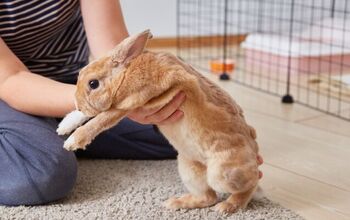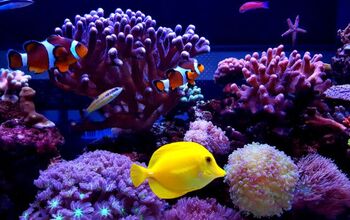Can I Make a Homemade Rabbit Cage?
Whether you are planning to bring home your first rabbit or changing things up with a new habitat for your bunny, choosing, planning out, and designing a cage can be a fun experience. But it can also be a costly one… One way to give your rabbit the best possible habitat without breaking the bank is to take on a rabbit cage DIY project – making alterations to a store-bought cage or building one yourself from scratch.To help you get started, I have compiled a basic guide to setting up your own homemade rabbit cage, including some basic rabbit habitat information, a few commonly asked questions about a rabbit’s ideal environment, and step-by-step instructions to build your own DIY rabbit cage.Can Rabbits Be Kept Without a Cage?One of the first supplies most people purchase before bringing home a rabbit is a cage, but is a traditional cage necessary? As rabbit lovers and experts have learned more about the basic needs of their furry friends, new approaches to raising a rabbit have emerged. In fact, most of the standard rabbit cages you will see in your local pet stores are too small to provide the space needed for a happy, healthy life.Free roaming refers to giving your rabbit access to your home or apartment so they can wander freely, even if you aren’t present. This is similar to how most people raise a dog or cat.One way to do this effectively while still maintaining a clean and sanitary home is by litter training your rabbit. Just like cats, rabbits can be trained to do their business in a designated box or area. This keeps the mess contained, making it easier to clean up. But, of course, it requires putting the work into training and being prepared to deal with any accidents that may occur during that process.Additionally, you must consider rabbit-proofing your home to prevent unwanted or potentially dangerous bad habits like chewing on your furniture or, even worse, chewing electrical cords.This all takes time, money, and patience. If you aren’t prepared to take on this level of commitment to maintaining a safe, free-roaming environment, it is in the best interest of everyone involved (including you and your rabbit) to keep your rabbit safely contained in a suitable cage or pen.












